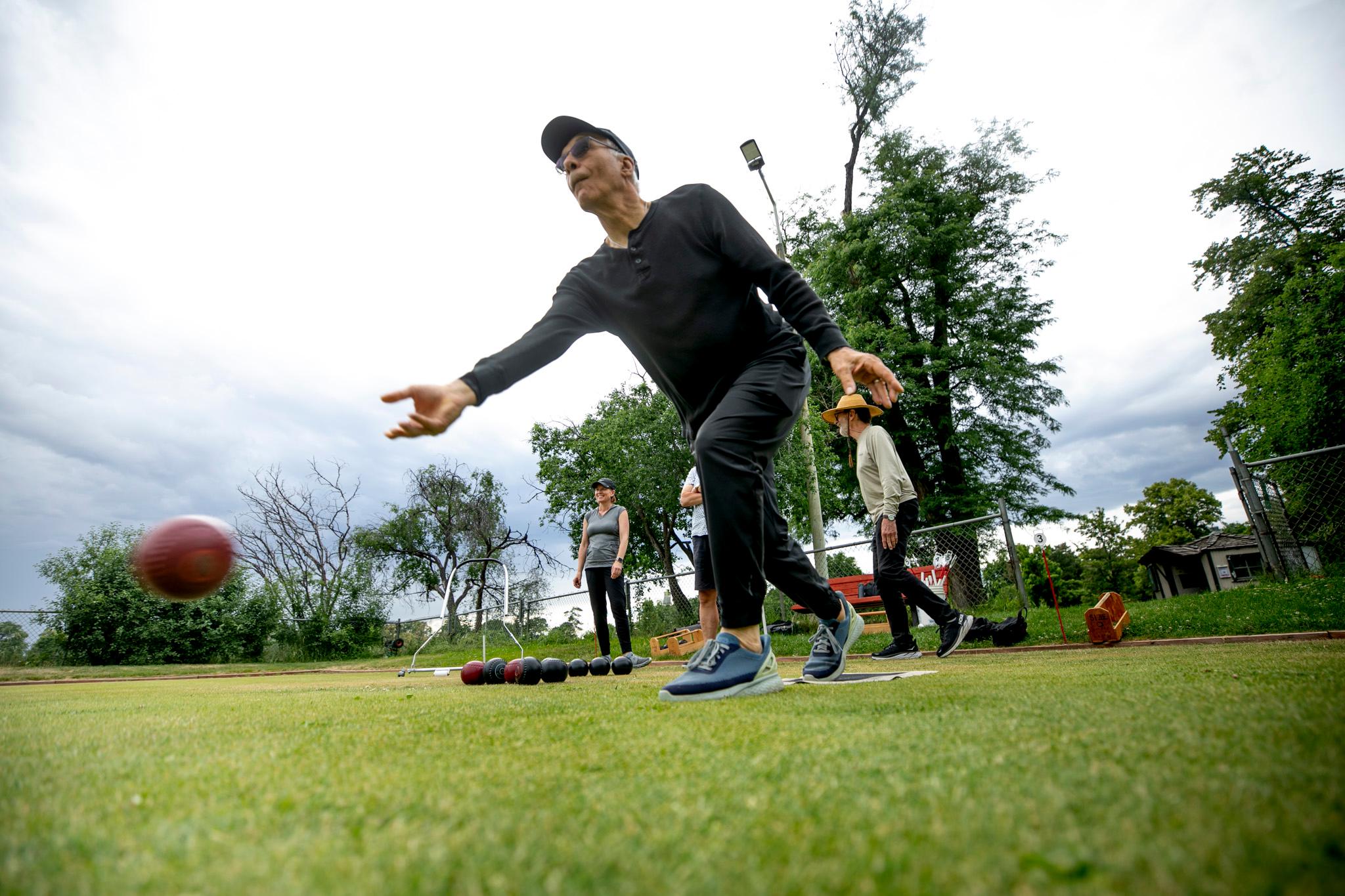
Perhaps you remember the gnarly incident a few weeks ago in which a light rail train hit a car in Five Points, pinning it against a pole. "I would like to avoid that," you may have thought to yourself.
RTD's diagnosis and advice are pretty straightforward.
"By far the majority of [light rail involved car crashes] come down to bad behavior," said RTD spokesperson Nate Currey. "People trying to beat a light or distracted or trying to beat the train, which is one of the stupidest things that you could do."
This year, RTD says there have been five incidents between a vehicle with a light rail train. Police didn't assign fault or issue any tickets to the driver in the most recent incident, and the driver says she entered the intersection when the light was yellow. But RTD says that all five incidents have been drivers' fault.
And if you accept RTD's premise that drivers' decisions are largely responsible for crashes, then perhaps there's more to be done to help drivers make better decisions. RTD says it's working on it:
"As our rail system is continuing to get built out, we really have a responsibility to educate the new communities that are coming online with light rail," Currey said.
But what if it's really a confusing intersection?
Even the very best drivers can get confused about where to go and when. Take a recent robust discussion on the Denver subreddit about the intersection at Stout and Speer. The top-scoring comment, in answer to whether it's stupid to nearly run into the train there, suggests that at minimum, it's a weird intersection.

RTD could work with Denver to change that. In the event that a problem area is identified, RTD and its local partner can change signage, track alignment, even close down a turn lane. But it's a data-driven decision:
"We've got a review process that happens all the time and it's based on incidents, not just, 'Hey, we feel like this is conventional wisdom,'" Currey said.
"Frankly, that feeling of, 'Oh, this intersection feels odd to me,' is not necessarily a bad thing because if they feel it's odd, they're paying attention, and that's a good thing," he said.
Plus there's the money and bureaucracy. Currey says it costs a lot of money to change track, then there's the recertification process with the public utilities commission. And generally, RTD trusts drivers:
"People are smart. The message we would send if we had to fortify all of our downtown areas is that we don't trust that people can manage themselves around trains," Currey said.
As for the RTD light rail train involved in the crash, it goes to the agency's repair program.
"[The light rail cars] are mostly tanks. Although this one, since it caught the car and dragged it, you can definitely see damage along the side," he said. "I can only imagine that would be a very interesting insurance claim."













